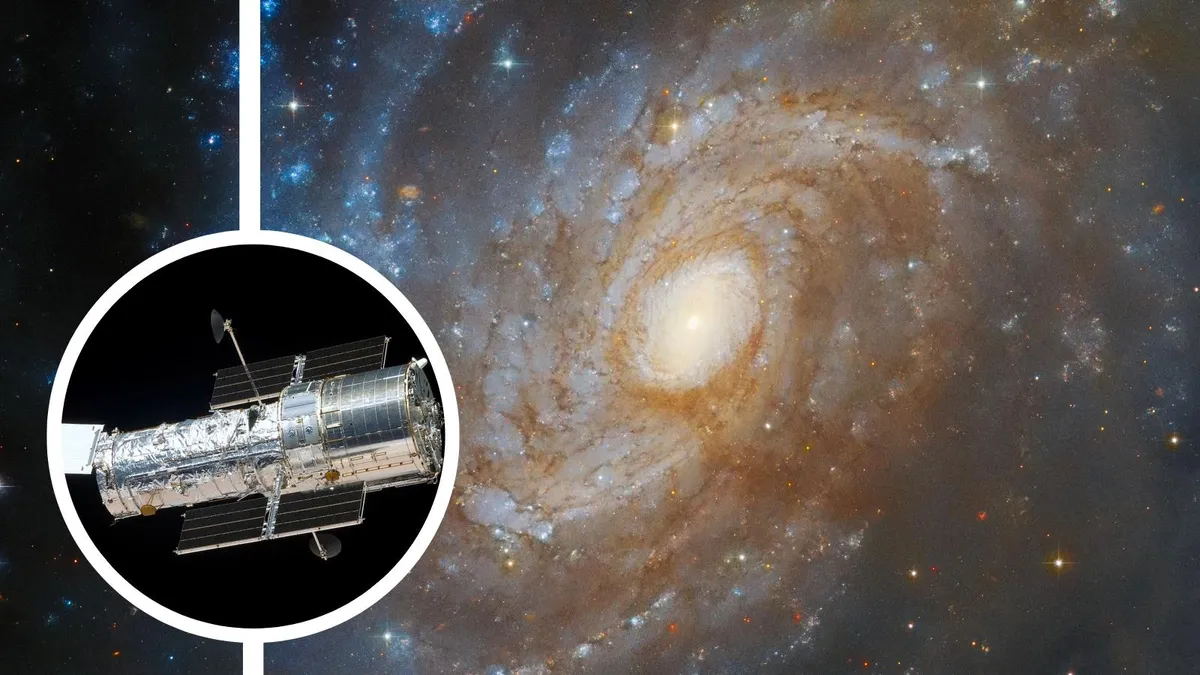
This Thursday, April 24, marks a significant milestone as the Hubble Space Telescope celebrates 35 remarkable years in space. Since its launch in 1990, Hubble has consistently delivered breathtaking images of the cosmos and invaluable scientific data. However, as the telescope ages, questions arise regarding its ability to maintain the same level of quality and utility, especially when compared to newer instruments such as NASA's James Webb Space Telescope (JWST), which boasts a staggering $10 billion price tag.
Despite its age, the answer to whether Hubble can still deliver outstanding results appears to be a resounding yes. According to Kurt Retherford, a scientist at the Southwest Research Institute (SwRI), Hubble continues to serve as an essential tool for scientific discovery. Recently, Retherford utilized Hubble to study Io, the most volcanic body in our solar system, which is one of Jupiter's moons. "After 35 years, Hubble still holds a unique capability as a top workhorse for science discoveries and publications," Retherford stated in an interview with Space.com.
The demand for Hubble observation time remains exceptionally high, indicating that only the most innovative ideas are selected for study. This enduring popularity underscores Hubble's ongoing significance in the field of astronomy.
The emergence of the James Webb Space Telescope has led some to speculate whether Hubble has become obsolete. However, experts like Retherford assert that this is far from the case. Hubble and JWST serve different yet complementary purposes in observing the universe. Hubble excels at imaging visible light and ultraviolet (UV) wavelengths, which allows it to capture various cosmic phenomena. In contrast, JWST is designed to detect infrared light, which is crucial for observing cooler and more distant objects.
As Retherford explained, "In terms of the wavelengths of light these two telescopes are optimized to observe, the JWST picks up where Hubble leaves off." This complementary nature means that observations made by both telescopes can provide a more comprehensive understanding of transient cosmic events, such as changes in the solar system's planets and their moons.
Recently, a team of astronomers, including Mélina Poulain from the University of Oulu, leveraged Hubble's capabilities to study around 80 dwarf galaxies. Hubble made groundbreaking observations, including the first detection of star clusters colliding at the centers of these faint galaxies. As Poulain noted, "Hubble's field of view and spatial resolution allow for a very detailed study of various astronomical sources, including those with low surface brightness."
Moreover, Hubble's ability to observe blue and near-UV wavelengths is becoming increasingly rare, making it a valuable resource in the current landscape of astronomical instruments.
While it's possible that Hubble may eventually be surpassed by newer telescopes like JWST and the European Space Agency's Euclid spacecraft, its familiarity continues to be a significant advantage. Poulain emphasized that researchers know what to expect from Hubble observations, which makes it a reliable choice for scientific inquiry. The demand for observation time is high, creating stiff competition among scientists seeking to utilize this iconic telescope.
Looking ahead, the future of Hubble will likely focus on collaboration with JWST and other instruments, both in space and on Earth. The synergy between Hubble and JWST is particularly promising, given their similar field of view and spatial resolution, combined with their complementary observational capabilities.
In addition, NASA's upcoming Nancy Grace Roman Space Telescope, set to launch by May 2027, aims to complement the capabilities of both Hubble and JWST. While Roman may take a more synergistic approach with JWST, there remains a strong potential for collaboration with Hubble, particularly with ground-based observatories like the Vera Rubin Observatory in Chile, which is nearing completion.
As Retherford highlighted, "I'm very excited about all the objects discovered by Rubin that Hubble and JWST will then be able to image and survey in UV and infrared wavelengths in more detail." The future looks bright for Hubble, and astronomers are eager to see what new discoveries await.